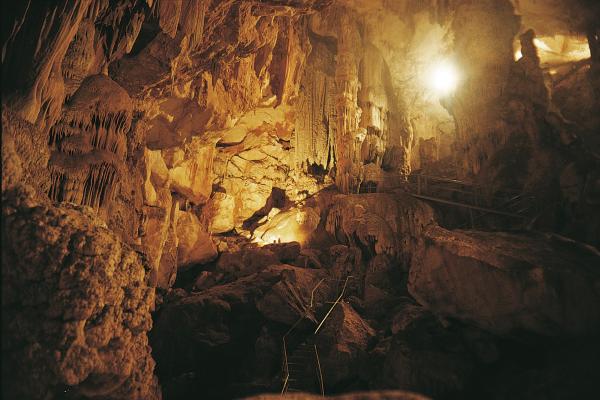About five thousand years ago, it was completely covered with earth, to protect the repose of the deceased inside it, while today it reveals its charm and the distinctive trait of being one of the very rare corridor dolmens in Sardinia. The tomb of Motorra is located on a plateau in the territory of Dorgali, about 200 metres above sea level and just over two kilometres from the residential area. It has a hexagonal layout, it is built entirely from basaltic stone, with walls made up of eight rectangular slabs, and is covered by a single unevenly shaped slab.

Nuragic or pre-Nuragic archaeology
An ancient funeral monument overlooks the Gulf of Orosei, in central-eastern Sardinia, which has an unusual appearance and a little mystery still to be unravelled
An ancient funeral monument overlooks the Gulf of Orosei, in central-eastern Sardinia, which has an unusual appearance and a little mystery still to be unravelled
See this place because...
You can admire a prehistoric funeral monument with few equals, in an area dotted with archaeological evidence and surrounded by natural beauty
Nearby
Come arrivare
Da Dorgali si prende la SS 125 per Orosei. Prima del segnale del km 207 si trova una stradina sulla sinistra, segnalata da un cartello. si lascia l'auto e si percorre un viottolo molto stretto e accidentato tra due terreni, per circa 400 metri. Quindi si varca un cancelletto di legno sulla sinistra, che segnala l'ingresso all'area dove sorge il dolmen. Dopo essere entrati, andare avanti per 50 metri: il dolmen si trova sulla destra. Il contesto ambientale Il dolmen è ubicato su un breve altopiano basaltico (m 214 s.l.m.), in prossimità dei resti del nuraghe omonimo.
Ti piace questo luogo? Cala Gonone potrebbe essere la tua meta ideale.
You may also like
More attractions in the vicinity










